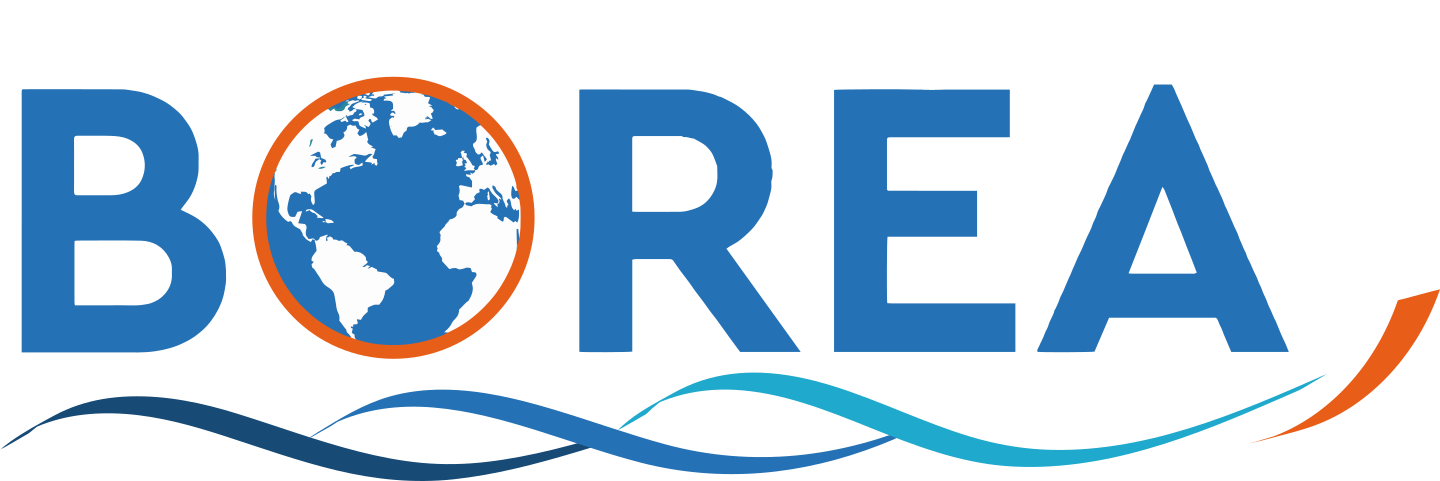Journal
Elasmobranchs, including sharks, skates and rays, are often characterised by low reproductive rates, rendering their populations susceptible to declines in abundance caused by elevated mortality rates. While skates are occasionally targeted by commercial fisheries, they are commonly caught as incidental bycatch in demersal fisheries. The release of captured individuals that are still alive is often used as a management measure to prevent declines in skate populations. Upon capture, a visual assessment of skate physical condition is necessary to avoid discarding of dead or badly injured individuals. Good handling practices are also required to promote post-release survival. Our study investigated skate handling practices and the condition assessment method of Patagonian toothfish longline fisheries operating in the Southern Indian Ocean. A total of 171 longline captured skates were photographed, and the images analysed by specialist veterinarians trained in elasmobranch health to characterise injuries and qualitatively predict the physical and physiological consequences of each injury type on skate post-release survival. We found 13 types of injury, 10 of which were attributed to the capture process. Among these injuries, two were deemed irreversible, prompting a recommendation to retain the individual at all times. The majority of the examined injuries ranged from superficial to severe, particularly in cases of mouth/jaw damage. Based on these results, we developed best-practice handling guidelines and condition assessments, in form of posters and a comprehensive video tutorial. They provide clear guidance for managers and longline fishing crew for addressing 1) the condition of individuals that should be retained or released at sea alive and 2) handling practices to minimise further injury prior to the release. The guidelines for handling practices and condition assessments developed here can also be easily adapted to manage skate bycatch in other longline fisheries.

